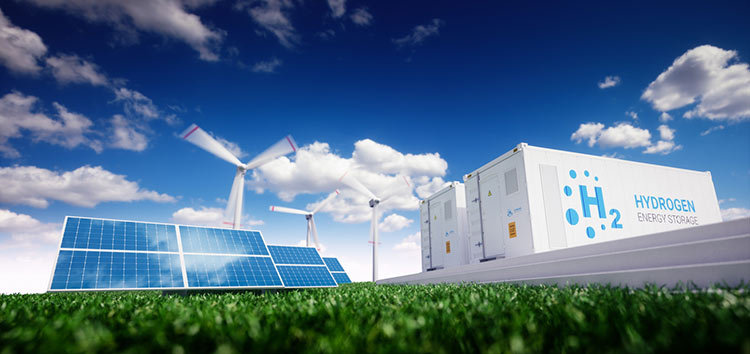For decades hydrogen has been touted as a fuel of the future. But despite its huge potential to decarbonise the economy, the element has never really lived up to its enormous promise. Right now most of the hydrogen currently produced and consumed comes from fossil fuels, but it can also be made with renewable electricity by splitting water into hydrogen and oxygen using a process called electrolysis. The EU has made it a top priority to create 13 times more clean hydrogen than today by 2024. By 2030, the goal is 130 times more – or 10 million tonnes. To help make that happen, the European Commission has set up the European Clean Hydrogen Alliance as part of the new industrial strategy for Europe. It is part of efforts to accelerate the decarbonization of industry and maintain industrial leadership in Europe. Open to all public and private players, the Alliance seeks to mobilize investment by bringing government and industry together. The Alliance will identify and build up a pipeline of viable investment projects along the hydrogen value chain, with a view to shifting away from fossil fuels.
Hydrogen does not emit any carbon dioxide when used. It therefore offers a solution to decarbonise industrial processes and economic sectors where reducing carbon emissions is both urgent and hard to achieve. “You know accelerating the production of clean hydrogen is critical to decarbonising sectors such as aviation or shipping. And this is where the Clean Hydrogen Alliance comes in,” explains SolarPower Europe’s CEO, Walburga Hemetsberger. “It is aiming to accelerate the production of hydrogen and ensure that this hydrogen is fully sustainable. And this is essential, as Europe’s hydrogen production today is based largely on fossil fuels,” she adds. But for now, Europe’s clean hydrogen capacity is no where near where it needs to be if it’s to match such lofty ambitions, but those working to make it happen insist it can be done.
A European energy system based on 50% renewable electricity and 50% green hydrogen can be achieved by 2050. The green hydrogen shall consist of hydrogen produced in Europe, complemented by hydrogen imports, especially from North Africa. Hydrogen imports from countries such as Morocco and Tunisia into Europe will be beneficial for both regions. A bold energy sector strategy with an important infrastructure component is suggested, which differs from more traditional bottom-up sectoral strategies. This approach guarantees optimized use of (existing) infrastructure, has low risk and cost, improves Europe’s energy security and supports European technology leadership. In North Africa, it would foster economic development, boost export, create future-oriented jobs in a high-tech sector and support social stability.




